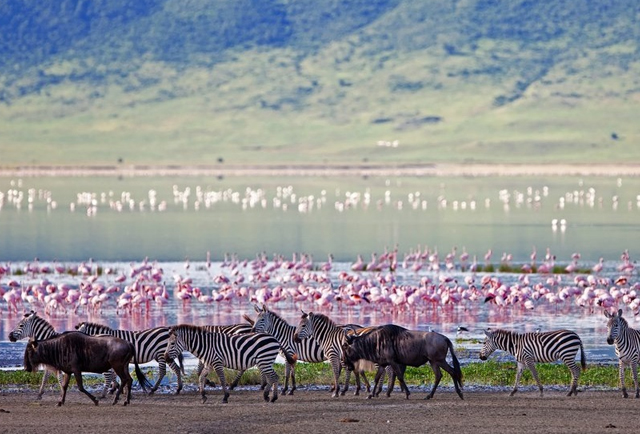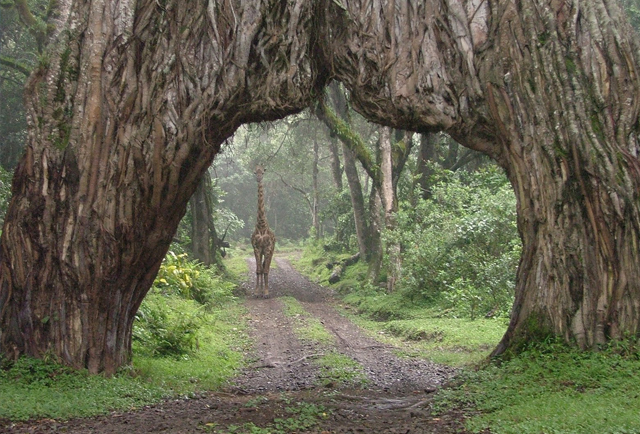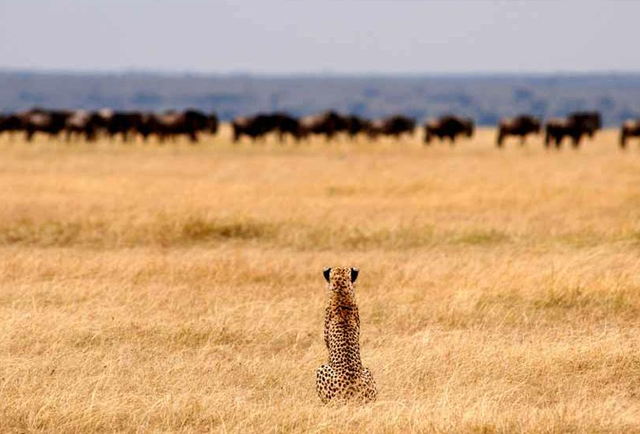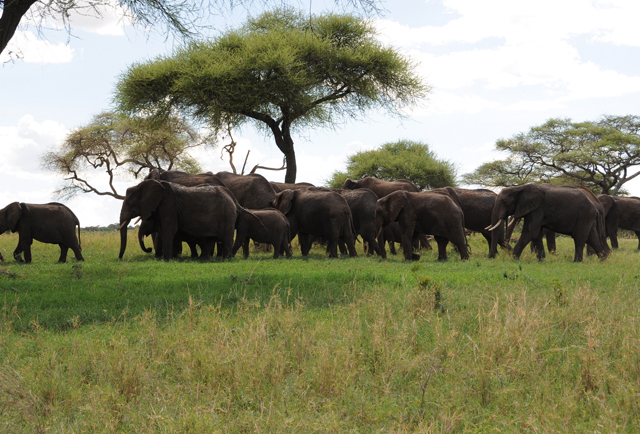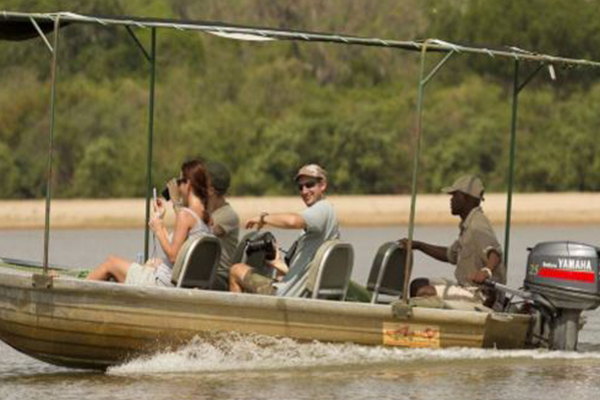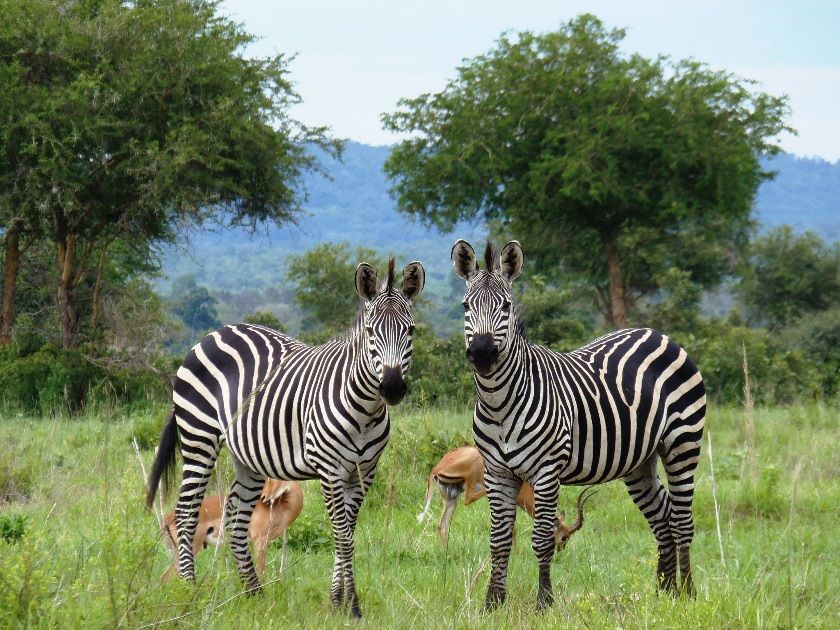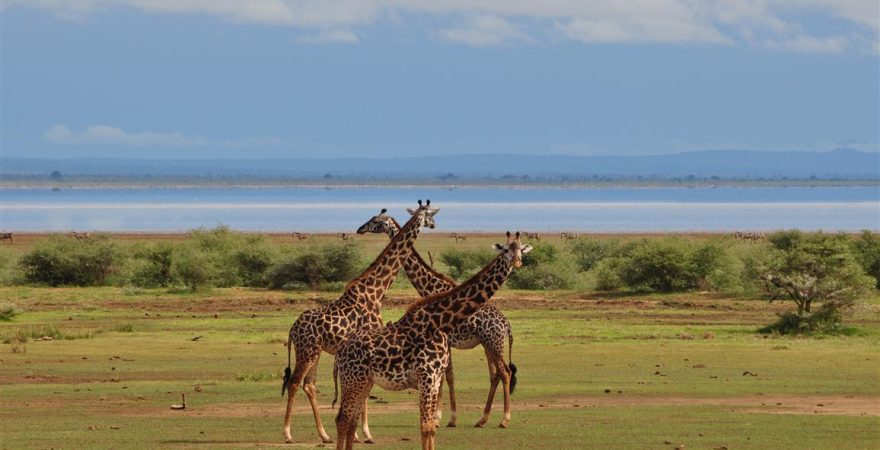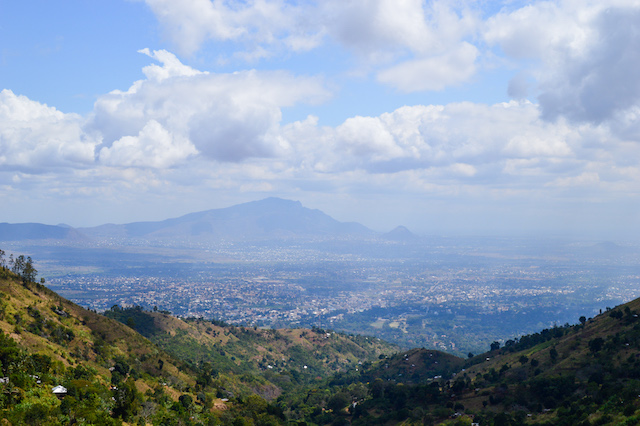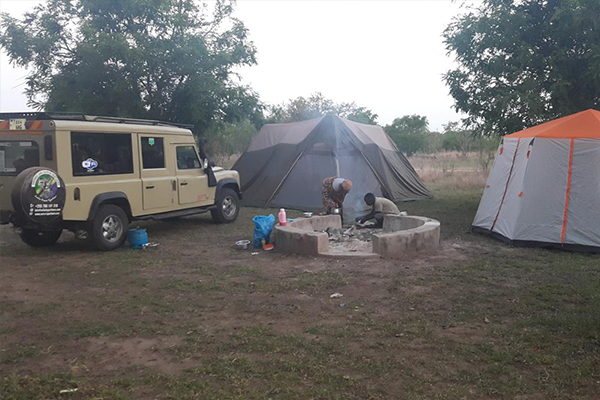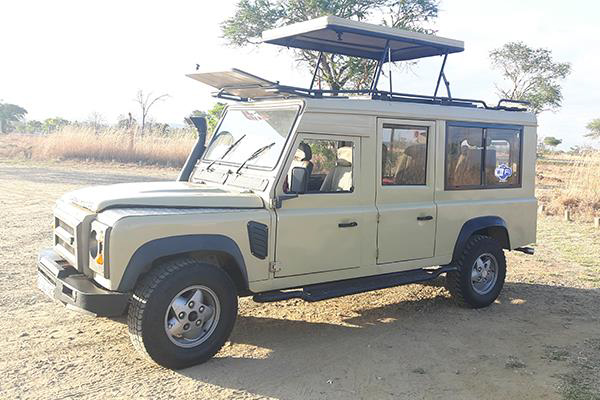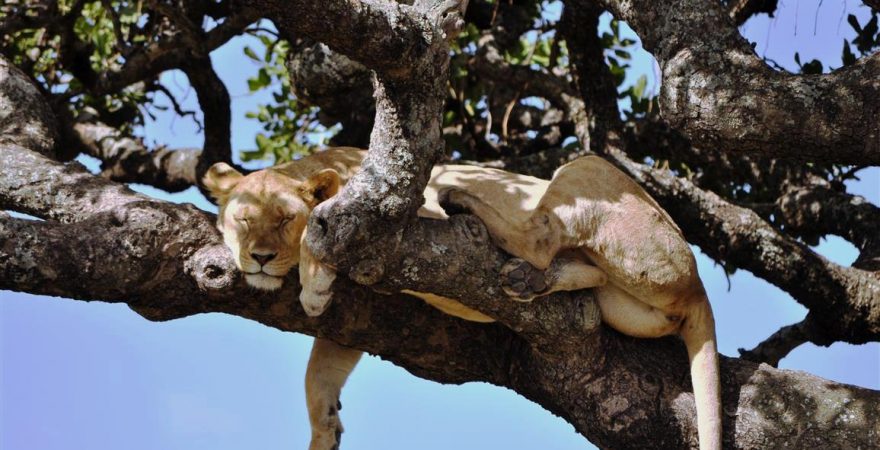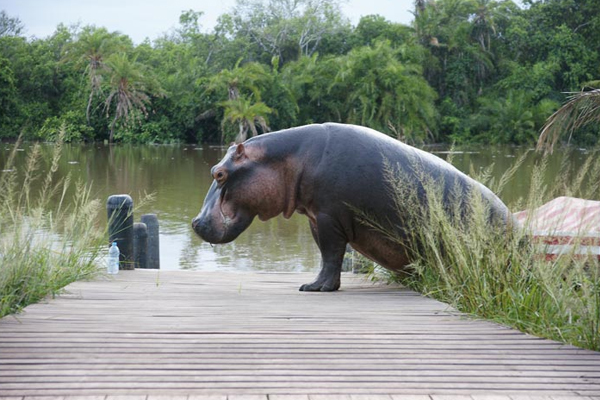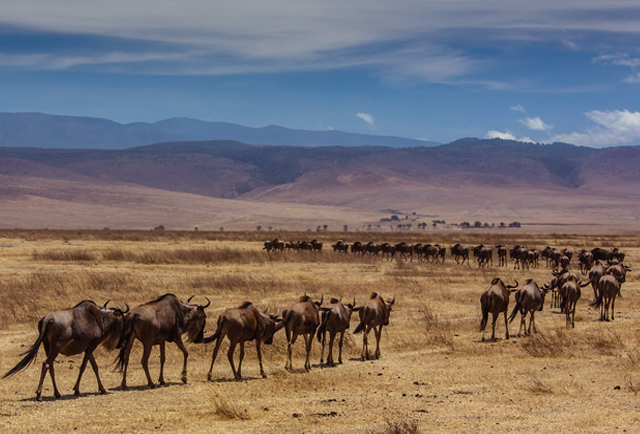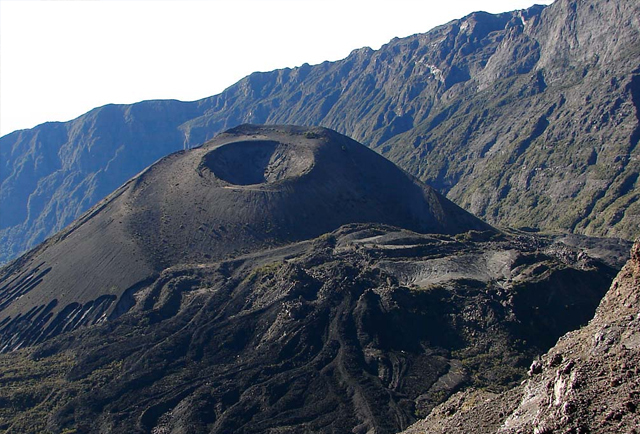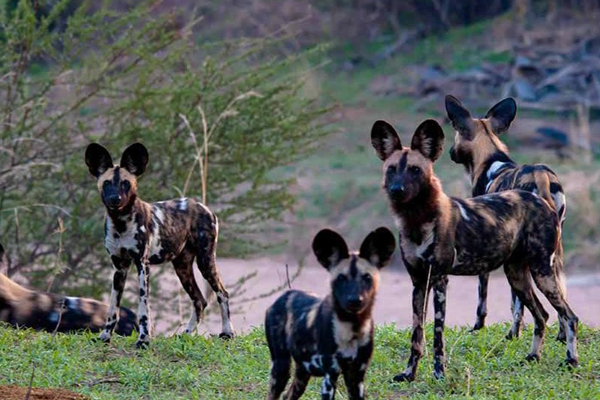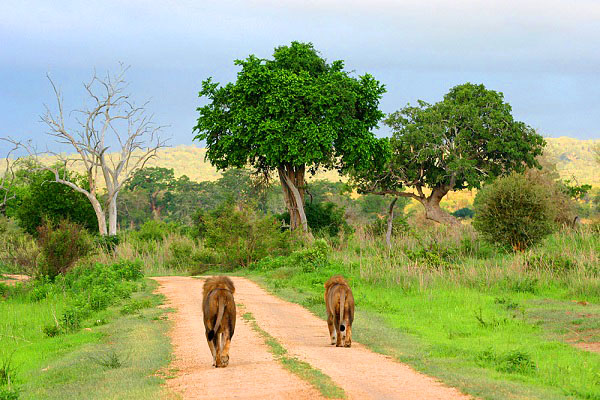LAKE MANYARA NATIONAL PARK
Lake Manyara was made a National Park in 1960 and covers an area of 330 square kilometers, of which some 230 square kilometers are lake. It lies at the foot of the western wall of the Rift Valley escarpment, and is particularly famous for its elephant and tree climbing lions. It is also well known for its rich variety of birdlife in both the forest and along the lake shore. The name Manyara comes from the Masaai word for the plant euphorbia tirucalli which they use to build their livestock stockades. Manyara provides the perfect introduction to Tanzania’s birdlife. More than 400 species have been recorded, and even a first-time visitor to Africa might reasonably expect to observe 100 of these in one day. Highlights include thousands of pink-hued flamingos on their perpetual migration, as well as other large water birds such as pelicans, cormorants and storks.

